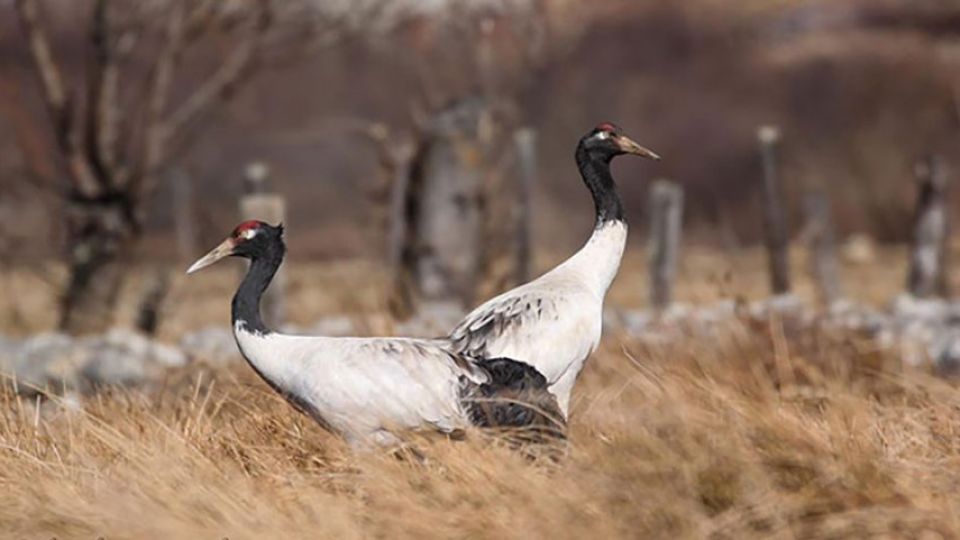February 19, 2025
THIMPHU – The number of black-necked cranes (BNC) wintering in the country has nearly doubled since the first survey in 1987, reaching a record 709 birds in the 2024–2025 count—up from 370 nearly four decades ago.
For the past five years, Bhutan has seen a steady rise in BNC numbers, with this season surpassing 676 in 2023–2024, 677 in 2022–2023, 599 in 2021–2022, and 552 in 2020–2021, according to data from the Royal Society for Protection of Nature (RSPN).
Phobjikha continues to be the primary winter roosting site for BNCs, with 640 cranes, including 75 juveniles. Bumdeling in Trashiyangtse follows with 59, including seven juveniles. Meanwhile, only two adults were recorded in both Khotokha and Chumey, while Tang and Lhuentse each saw three birds, including one juvenile.
Comparing this trend with the previous year (2023–2024), Phobjikha recorded 31 more BNCs in this year’s survey. Bumdeling, however, continued to see a decline, with three fewer cranes. Khotokha recorded one less, while Tang saw a slight increase with one additional BNC.
Bumdeling and Khotokha continue to see a decline in the number of BNC each year due to habitat degradation, increasing human activities, and degrading wetland.
In Bumdeling, major floods in the 1990s disrupted the birds’ roosting areas, diminished feeding grounds such as paddy fields, and increased human disturbances, all contributing to the decline in BNC numbers
During the first survey in 1987, Bumdeling recorded 200 BNCs, making up more than half of the wintering population. However, between 2004 and 2019, the count fluctuated between 149 and 92.
Since 2019, the numbers have declined sharply, dropping from 80 in 2019–2020 to just 51 in 2022–2023 before slightly increasing to 62 in 2023–2024.
The RSPN, which has been studying BNCs since 1986, attributes the decline in some areas to habitat degradation, increasing human activity, and the loss of wetlands.
The RSPN is focusing on habitat restoration efforts in Bumdeling and Yangtse to attract more cranes.
In Khotokha, between November and December 2015, recorded 14 cranes. But Khotokha now records the arrival of just a few cranes every year. In recent years, the crane population in the area has not exceeded seven individuals each winter.
RSPN, in collaboration with various conservation groups, is ramping up habitat restoration and awareness programmes. Efforts are focused on Bumdeling and Yangtse, where habitat loss has been most severe.
The International Union for Conservation of Nature classifies the BNC as ‘near threatened’, meaning the species is at risk of becoming endangered if conservation measures are not sustained.


